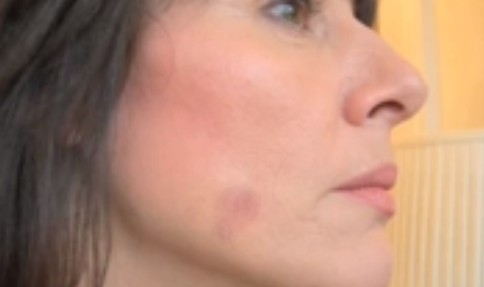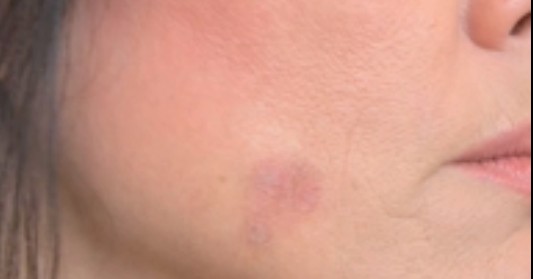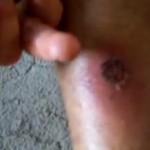Age spots refer to brown or discolored spots that appear on the skin and affect different parts of the body. Also known as liver spots or sun spots, age spots are caused due to excessive exposure to UV rays of the sun. It may be noted that unlike the name, the condition has no relation to an increased age. However, as older people have been exposed to the sun rays for a longer period of time, they are more likely to develop the condition. Additionally, the skin cells in older individuals tend to regenerate at a slower pace as opposed to young people, which is why the elderly are more likely to develop age spots.
Any part of the body that is exposed to sun can form age spots. As the face is perennially in contact with sunlight, age spots on face are most prominent. Other common areas where age spots can be found include the neck, shoulders, arms, and hands.
Age spots on face and other parts of the body are harmless and can be easily removed via varied therapies. Most patients prefer to remove age spots as they can often seem unsightly.

Causes of age spots on face
Some of the causes of age spots on face and other areas of the body are listed below:
- One of the primary causes of age spots is direct and prolonged exposure to the UV and UVB rays of the sun. You can also develop age spots via excessive contact with artificial sources of UV light such as tanning beds, etc.
- Melanin present in the skin tends to darken the skin after increased contact with sunlight. It does this to protect the skin from damage via radiation. Exposure to sunlight for many years can cause melanin to deposit in clusters which eventually leads to formation of age spots on face and elsewhere.
- In some cases, age spots may be a symptom of a very serious skin cancer called melanoma. Hence, patients who notice a change in the shape, size, or color of the age spots need to consult a doctor for proper diagnosis and treatment.
- Age spots on face can also be caused due to nutritional deficiencies, inherited disorders, and in rare instances, due to presence of liver abnormalities.
Treatment of age spots on face
Age spots on face and elsewhere is a harmless condition which tends to disappear on its own, especially in young people. Affected individuals may seek medical attention for correcting this skin anomaly for cosmetic reasons, or if the age spots persist for prolonged periods, or if they change in appearance.
- A dermatologist will prescribe varied bleaching agents, fade creams, and ant-aging creams to remove the age spots on face.
- Chemical peeling can also be used to get rid of the age spots. Laser surgery is another option
Patients can prevent development of age spots by avoiding direct contact with sunlight during the peak afternoon hours; wearing adequate clothing, hats, and limiting the amount of exposed skin when outdoors; use of sunscreen with an SPF of at least 15; and intake of a healthy


